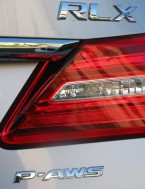
Review Index
2014 Acura RLX – Part 1 (Exterior)
2014 Acura RLX – Part 2 (Interior)
2014 Acura RLX – Part 3 (Electronic Features, Controls)
2014 Acura RLX – Part 4 (Powertrain)
2014 Acura RLX – Part 5 (Chassis)
Our test car is assembled in Japan in May, 2013, see the label on the chassis.
The RLX comes with double-wishbone type design for both the front and rear suspension.
But please do not be fooled by the “double-wishbone” name. On the RLX, it is not the traditional double-wishbone suspension which has both upper and lower A-arms.
For the front suspension, it has an upper A-arm, but there is no lower A-arm. Instead the lower part of the front suspension is decomposed to two individual links which attaches to the knuckle through its own ball joint.
The rear suspension is similar: it also has an upper A-arm, but the lower part has 3 separate links: two of them are fixed length connections, and the last one can vary its length by a small amount, which implements the “active steering” for the rear wheel, which Acura named it to be PAWS (Precision All-Wheel Steering).
Frankly speaking, without a A/B side by side comparison, it is really hard to tell the effect of the PAWS.
Honda/Acura vehicles usually pay great attention to the car body torsional rigidity, there is no exception for the RLX. For example, there is a steel bar connecting the two front strut towers, which greatly enhanced the front chassis rigidity.
And there is abundant welding points on the strut tower section.
The ride of the RLX is comfortable, but not floaty. You can definitely feel its size and weight while driving it, but it is very controllable and the steering response quickly and precisely to your input.
Our test car comes with P245/45 R18 tires. The higher tire wall (compare to those 35 or 40 height tires), together with the suspension, provides good buffer against imperfections on the road, yet offers reasonable “road feel” to you. Yes you can still tell potholes, or road surfaces like washboard, but the car is not shaky, no excessive vibrations at all. It is like the RLX just notify you “hey there is something not smooth on the road, but I have already taken care of that”.
This concludes this review series. If you want a summary, please see my comments on part 1 of the review: “it accomplishes what it intends to achieve”.


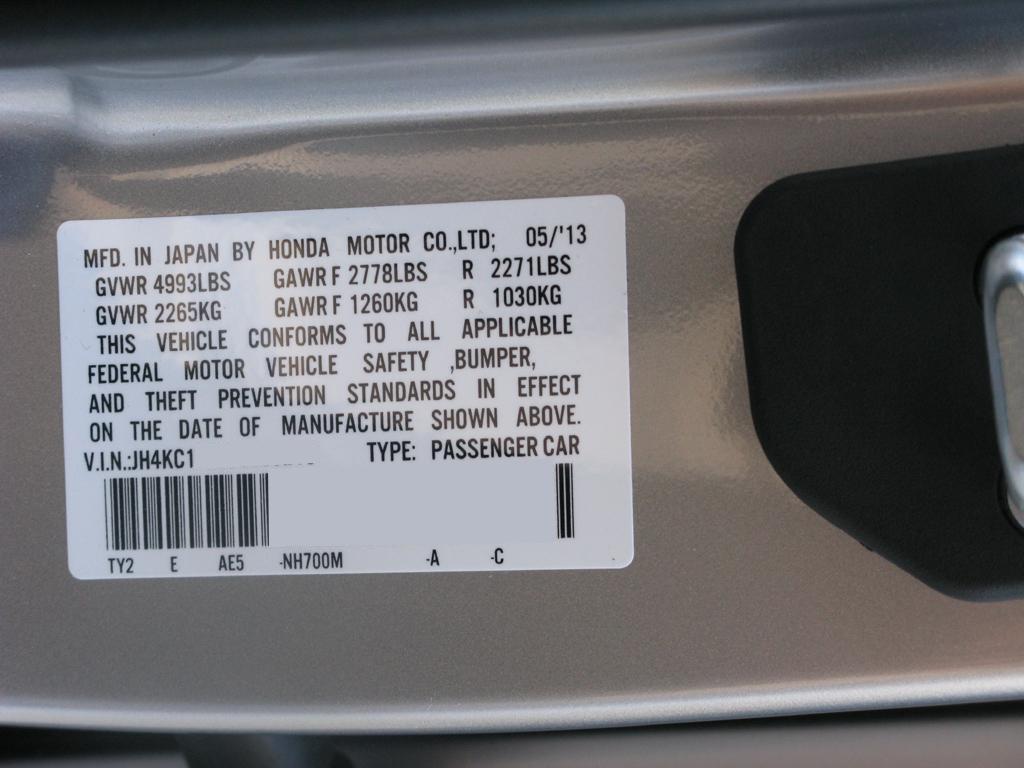
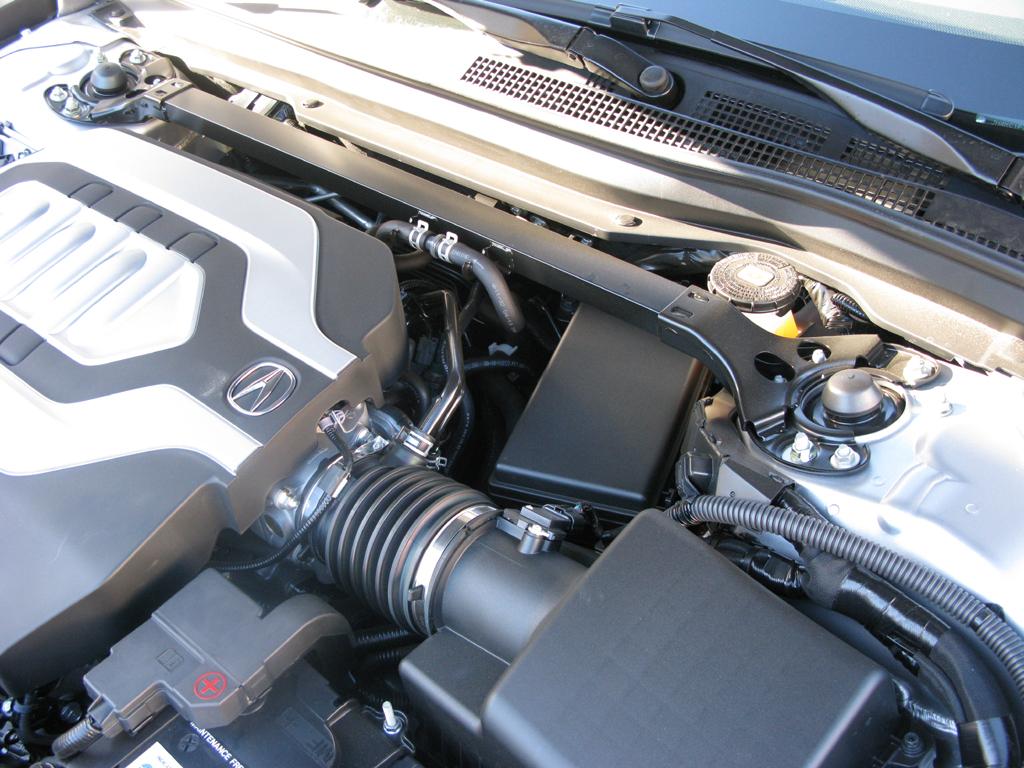
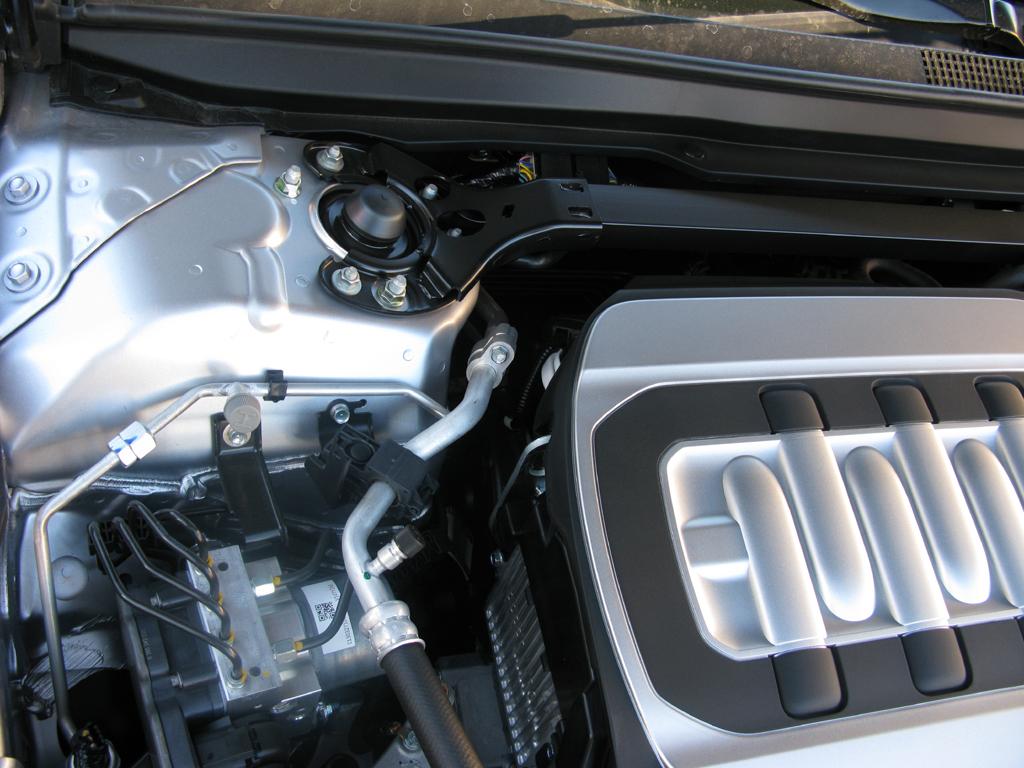
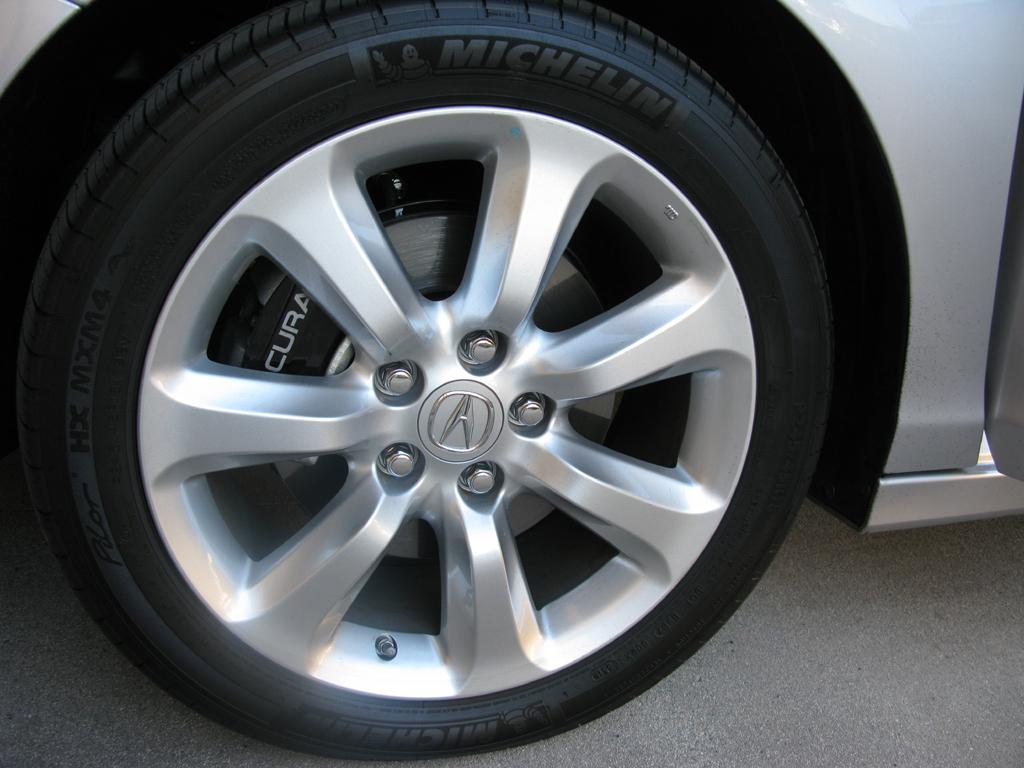

Recent Comments